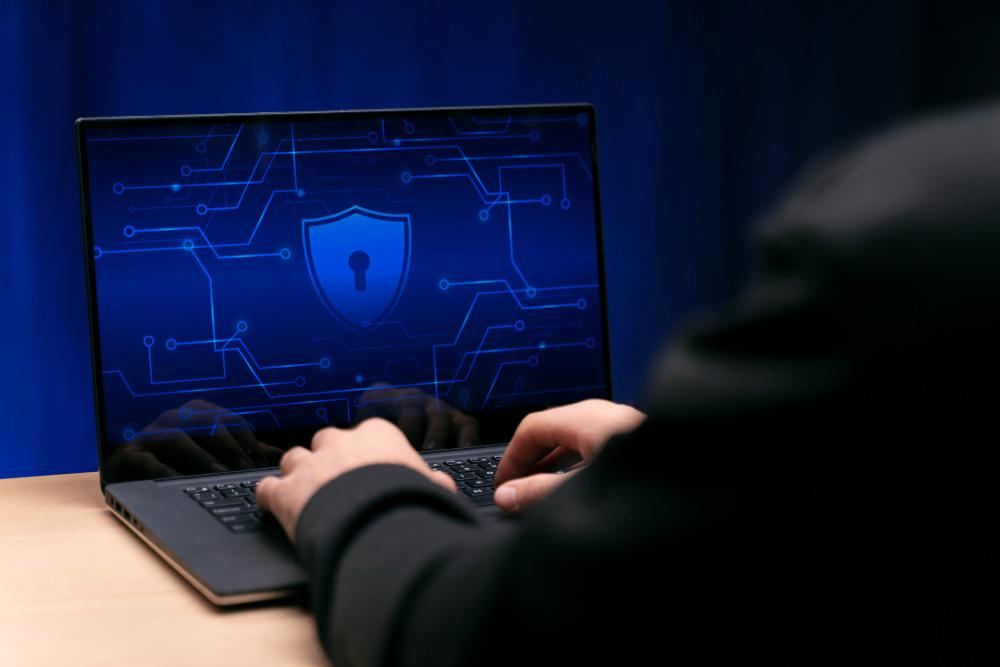The rise of cyber threats continues to endanger personal and corporate security. One such malicious entity is Pentagon malware, a highly sophisticated stealer developed in the Go programming language. This malware specializes in extracting sensitive information from compromised devices, posing severe risks to victims, including identity theft, financial losses, and unauthorized access to confidential data.
Pentagon Malware Overview
Pentagon malware operates as a stealer – a type of malware engineered to extract valuable data from infected systems. Unlike typical viruses, stealers prioritize stealth and efficiency, making them particularly dangerous for unsuspecting users.
Threat Summary Table
| Category | Details |
|---|---|
| Name | Pentagon malware |
| Threat Type | Trojan, stealer, password-stealing virus |
| Detection Names | Avast (Win64:Evo-gen [Trj]), Combo Cleaner (Trojan.Generic.37208953), ESET-NOD32 (WinGo/PSW.Agent.HW), Kaspersky (UDS:Trojan-PSW.Win32.Greedy.gen), Microsoft (Trojan:Win32/Wacatac.B!ml) |
| Symptoms of Infection | No immediate symptoms; stealthily operates in the background |
| Damage Potential | Stolen passwords, financial theft, identity fraud, unauthorized access to accounts |
| Distribution Methods | Infected email attachments, malicious advertisements, software cracks, social engineering |
| Danger Level | High |
Remove annoying malware threats like this one in seconds!
Scan Your Computer for Free with SpyHunter
Download SpyHunter now, and scan your computer for this and other cybersecurity threats for free!
How Pentagon Malware Works
Pentagon malware is designed to extract sensitive information from various sources, including:
- Web browsers: Collects browsing history, login credentials, cookies, and autofill data.
- Password managers: Extracts stored credentials for various online accounts.
- Cryptocurrency wallets: Targets private keys and login details to steal funds.
- VPNs and FTP clients: Gains access to networking credentials and private connections.
- Messaging applications: Extracts chat logs and authentication tokens.
- Email clients: Steals stored login credentials and contact details.
Additionally, Pentagon malware might incorporate keylogging, clipboard hijacking, geolocation tracking, and spyware functionalities, making it even more invasive.
How Pentagon Malware Spreads
Cybercriminals distribute Pentagon malware through various means, including:
- Phishing Emails: Fake emails with infected attachments or links.
- Malicious Ads: Advertisements containing malicious scripts.
- Software Cracks & Torrents: Fake cracked software containing malware.
- Social Engineering: Tricking users into downloading malware disguised as legitimate software.
How to Remove Pentagon Malware
Remove annoying malware threats like this one in seconds!
Scan Your Computer for Free with SpyHunter
Download SpyHunter now, and scan your computer for this and other cybersecurity threats for free!
If you suspect your system is infected, immediate removal is crucial. Follow these steps to safely remove Pentagon malware:
Step 1: Reboot Your PC in Safe Mode
- Restart your computer.
- Press F8 (or Shift + Restart for Windows 10/11) before the OS loads.
- Select Safe Mode with Networking.
Step 2: Use SpyHunter to Scan and Remove Pentagon Malware
- Download SpyHunter.
- Install the software and perform a full system scan.
- Once the scan is complete, remove all detected threats.
Step 3: Clear Temporary Files and Browsing Data
- Open Run (Win + R) and type %temp%.
- Delete all temporary files.
- Clear browser caches and cookies.
Step 4: Change Compromised Passwords
Since Pentagon malware primarily steals credentials, immediately update your passwords for all online accounts, prioritizing:
- Banking accounts
- Email accounts
- Social media platforms
- Cloud storage services
Step 5: Monitor Financial Transactions
Check your banking statements for unauthorized transactions and report any suspicious activity to your bank.
How to Prevent Pentagon Malware Infections
The best defense against malware is proactive prevention. Follow these cybersecurity practices:
Be Cautious with Emails and Links
- Avoid opening unsolicited email attachments.
- Verify sender identities before clicking on links.
- Use email filtering tools to detect phishing attempts.
Keep Your Software Updated
- Regularly update Windows, browsers, and installed applications.
- Enable automatic security updates.
Use Strong Passwords and 2FA
- Create unique, complex passwords for each account.
- Enable two-factor authentication (2FA) where possible.
Avoid Downloading Cracked Software
- Never download software from unverified sources.
- Always download from official websites.
Install a Reliable Antivirus
- Use SpyHunter or another trusted anti-malware tool.
- Perform regular scans to detect threats early.
Conclusion
Pentagon malware is a severe cybersecurity threat that can compromise sensitive data and lead to devastating consequences. This stealer malware is particularly dangerous due to its stealthy nature and ability to extract login credentials, financial data, and private information.
By following the SpyHunter removal guide and implementing cybersecurity best practices, users can mitigate risks and safeguard their personal and financial security.
Remove annoying malware threats like this one in seconds!
Scan Your Computer for Free with SpyHunter
Download SpyHunter now, and scan your computer for this and other cybersecurity threats for free!





